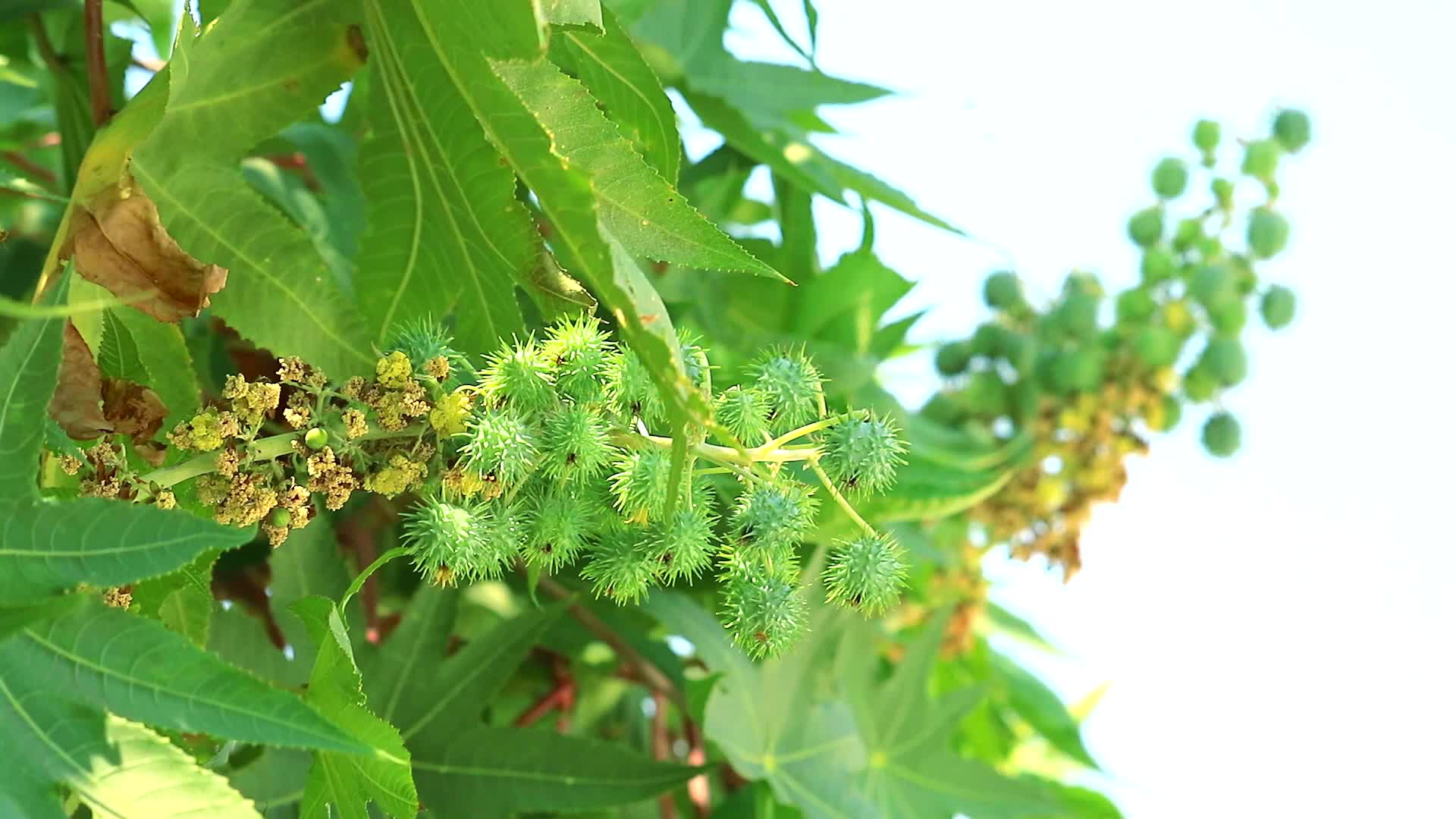Hey fellow gardeners! I’ve been experimenting with different natural pest control methods in my garden for years, and I gotta tell you – castor oil has been a game changer! Today, I’m gonna share everything I’ve learned about using this amazing natural solution to keep those pesky critters away from your precious plants.
What Makes Castor Oil So Special for Gardens?
Before we dive deep let me tell ya – castor oil isn’t just that nasty stuff our grandmas used to force-feed us (though mine definitely tried! ). In the garden it’s become one of my favorite eco-friendly pest control solutions. Here’s why
- 100% natural and non-toxic
- Safe around kids and pets
- Won’t harm beneficial insects
- Environmentally friendly
- Long-lasting effects (about 4-6 weeks)
- Cost-effective compared to commercial products
Which Garden Pests Does Castor Oil Repel?
Through my experience and research I’ve found castor oil works great against
- Moles
- Voles
- Gophers
- Armadillos
- Rabbits
- Skunks
- Ground squirrels
My Tried-and-True Castor Oil Recipe for Garden Use
Here’s my personal recipe that’s worked wonders in my garden
Basic Castor Oil Spray
2 parts castor oil1 part liquid dish soapWaterApplication Method:
- Mix the castor oil and dish soap until foamy
- Add 2 tablespoons of this mixture to 1 gallon of water
- Pour into a spray bottle or garden sprayer
- Apply directly to soil around affected areas
Pro tip: For best results, I’ve found that applying this weekly during pest season keeps those unwanted visitors at bay!
Safe Application Areas in Your Garden
I’ve successfully used castor oil in these areas:
- Vegetable gardens
- Flower beds
- Lawns
- Around trees
- Ornamental gardens
- Bulb plantings
- Garden borders
Real Talk: Pros and Cons from My Experience
Pros:
- Non-lethal pest control
- Long-lasting effects
- Won’t harm plants
- Safe for edible gardens
- No harsh chemicals
- Budget-friendly
Cons:
- Needs regular reapplication
- May need to adjust concentration based on pest type
- Can be slightly more expensive than some chemical alternatives
- Might take a few applications to see results
My Top Tips for Maximum Effectiveness
- Apply After Rain: The soil should be moist but not waterlogged
- Target Active Areas: Look for fresh tunnels or damage
- Maintain Consistency: Regular applications work better than sporadic ones
- Don’t Overdo It: More isn’t always better – stick to recommended dilutions
Safety Considerations
While castor oil is generally safe, here are some important points to remember:
- Keep pure castor oil away from children
- Store properly in a cool, dry place
- Don’t confuse with castor bean plants (which are toxic)
- Wear gloves during application (mostly for cleanliness)
DIY Enhanced Castor Oil Garden Spray
Here’s my supercharged version that I use for tough pest problems:
Ingredients:
- 16 oz castor oil
- 16 oz peppermint castile soap
- 60 drops peppermint essential oil
- 40 drops tea tree oil
- 40 drops juniper berry oil
- Handful of hot peppers (crushed) or 2 tbsp cayenne pepper
Instructions:
- Combine all ingredients in a large jar
- Shake well
- Let steep for 2 weeks (if using fresh peppers)
- Mix 1 cup of solution with 1.5 gallons of water for application
Common Questions I Get About Castor Oil in Gardens
Q: Will it harm my vegetables?
A: Nope! It’s safe for all edible plants when properly diluted.
Q: How often should I reapply?
A: I usually do it weekly during active pest seasons, or after heavy rain.
Q: Can I use it preventively?
A: Absolutely! I actually recommend it – better to prevent than chase after problems.
Final Thoughts
After years of battling garden pests, I can honestly say castor oil has been one of my most reliable solutions. It’s not perfect – nothing is – but it’s natural, safe, and effective when used correctly. Plus, it gives me peace of mind knowing I’m not putting harmful chemicals in my garden.
Remember, gardening is often about trial and error – what works in my garden might need some tweaking in yours. Don’t be afraid to experiment with concentrations and application methods until you find what works best for your situation.
Note: While I’ve had great success with these methods, remember that results may vary depending on your specific situation and pest problems. Always start with a small test area when trying new garden treatments.

Where Does Castor Oil Come From?
The castor bean plant is a fast-growing perennial shrub that thrives in warm climates. Encased in a protective capsule, its seeds contain up to 50% oil by weight. Castor oil is produced by cold-pressing these seeds, followed by a purification process to remove impurities and undesirable elements. The result is a highly-concentrated, nutrient-rich oil that has found its way into a wide range of applications, including pest control products.
What is Castor Oil?
Castor oil is a pale yellow, viscous liquid extracted from the seeds of the castor bean plant (Ricinus communis), native to tropical regions of Africa and the Mediterranean Basin. This natural oil has been used for thousands of years for its medicinal, cosmetic, and industrial applications, making it an invaluable resource throughout history.
